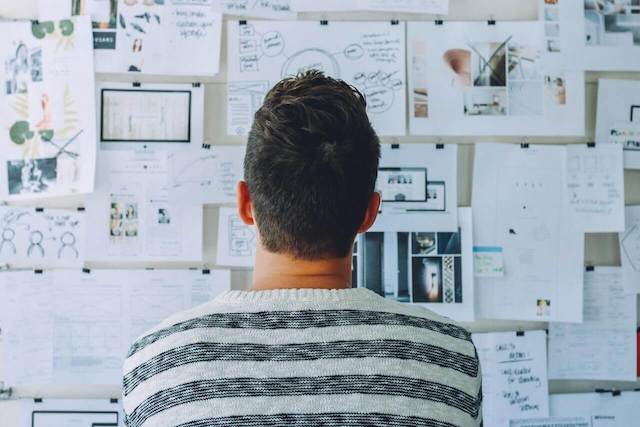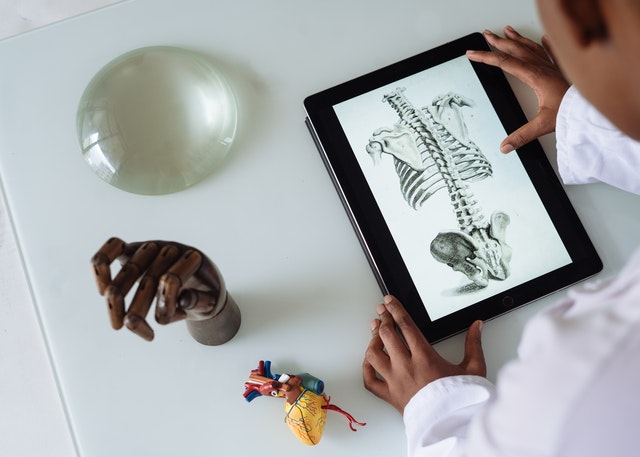
Many students study for so many hours, but sometimes it doesn’t pay off as they expected. Is there any solution for this? The answer is “there is.” For decades, scientists and psychologists have been snooping on the top students and doing research on which study habits are most efficient.
Here are some tips you can apply for your future study plan.
1. Test yourself

Your teachers use quizzes and tests to check on your progress. But you don’t want to find it out at the same time as your teacher. Better to know sooner, so you have time to correct it. Check for yourself before your teachers do. Try to quiz yourself the way the teacher asks questions. Figure out what stuff you don’t quite understand before the test. And check your work for accuracy before you turn it in.
2. Mix it up
In many cases, it helps to mix up your self-studying. Don’t just focus on one thing. Drill yourself on different concepts. Psychologists call this interleaving. Actually, your tests usually will have questions mixed up. More importantly, interleaving can help you learn better. If you practice one concept over and over, your attention decreases because you know what’s coming up next.
Mix up your practice, and you now space the concepts apart. You can also see how concepts differ, form trends, or fit together in some other way. Studies have shown that interleaving can help students with both strong and weak working memory. Working memory lets you remember where you are in an activity, such as following a recipe.
3. Don’t just reread the materials
One of the most common bad study skills that students have is reading their textbooks, worksheets, and notebooks over and over and over again. Too often, when students reread materials, it’s superficial. Rereading is like looking at the answer to a puzzle, rather than doing it yourself.
It looks like it makes sense. But until you try it yourself, you don’t really know if you understand it. This is because you’re not processing it deeply or picking more out of it. It gives you the illusion that you know the material very well, when in fact there are gaps.
4. Use pictures

Making information visual is useful because it forms associations between bits of information. Images are much richer in information than language, and you must think about all the associations that go into generating an image.
So, with images, you’re actually growing more connections as you learn. Images can encapsulate a lot of information in a very small amount of visual display. Yet, that’s not to say that text is not important.
The key concept here is known as “dual coding”, presenting information in written and visual formats. Consuming information in this way can boost learning.
5. Use examples
Abstract concepts can be hard to understand. It tends to be far easier to form a mental image if you have a concrete example of something. For instance, sour foods usually taste that way because they contain acid.
On its own, that concept might be hard to remember. But if you think about lemon or vinegar, it’s easier to understand and remember that acids and sour go together. And the examples might help you to identify other foods’ tastes as being due to acids.
With these tips, you can save a lot of time while studying and process the materials way more efficiently.
If you have your secret study tips as well, share them with us in the comments below!

